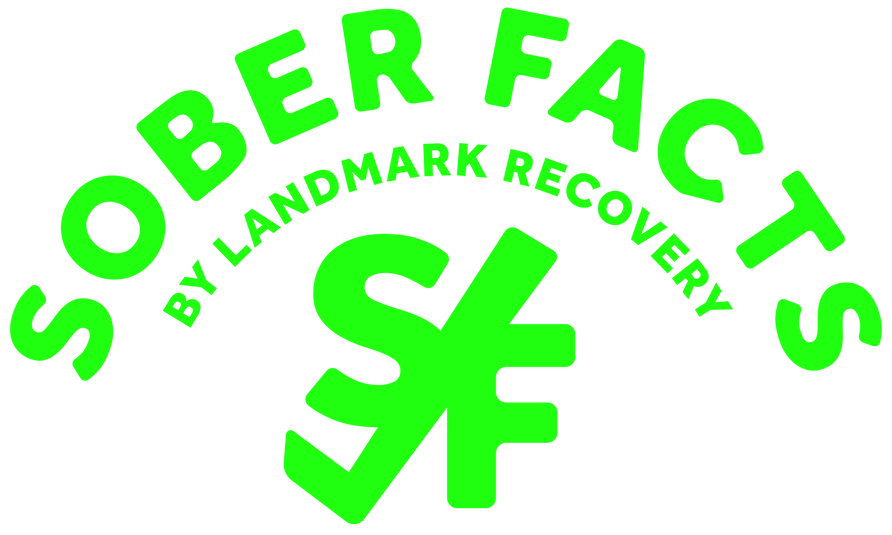Choosing recovery close to home means your support system is just a few miles away.
- 100% Confidential
- Available 24/7
- No Pressure to Commit
- Multiple Financial Options Available
Choosing recovery close to home means your support system is just a few miles away.

Sounds Like: pay.OH.tee.
Classification: PsychedelicProtoalkaloid
Controlled Substance Act Schedule: I
Other names for Peyote
Chronic users of peyote find that tolerance develops quickly, but if the user quits, it also subsides quickly. The body gets rid of about half of its peyote intake after only six hours. Although, what comes out is unmetabolized according to some studies. Peyote’s effects usually aren’t even noticeable until between one and two hours following that first dose is administered. Peyote comes with cross-tolerance, however, with other serotonergic psychedelics such as LSD. Also, the effects of peyote are similar to LSD’s effects. However, no available data has demonstrated beyond a shadow of a doubt that physical addiction is actually possible for peyote users, but dependence is regularly reported.
Need help with Peyote or another drug addiction?
Call Landmark Recovery and speak with an admission specialist today.
Call NowWe're available 24/7 to help you find Recovery
Mainly influenced by Native-American traditions, peyote’s been recommended as medical treatment for alcoholism and depression. Modern science has yielded the medical rationale that this would stem from those disorders correlating with serotonin deficiencies. The significance of this is that peyote would automatically counterbalance serotonin deficiencies. On the contrary, mescaline ranks as a Schedule I controlled substance. That means the U.S. Food and Drug Administration considers it a substance of negligible, medical value and, thus, not worthy of its high risk. The FDA’s stance makes it not only controversial but also difficult to acquire. Since researchers can’t often get their hands on it, little has been published on it since the 1970s.
“Mescaline” is a term more commonly applied to the pharmaceutical tablet administered orally. The traditional way that indigenous peoples ingest peyote, however, is to chew it like tobacco or smoke it like marijuana.

Peyote puts users in a psychedelic state like that of LSD or psilocybin, but the high users get is unique due to how it changes thought patterns. Another distinctive feature of the high, though, is tghe intensity of the hallucinations both with eyes closed and eyes open. The effects alter the user’s sense of time and self-awareness. Visual effects reported are said to be kaleidoscopic in nature and even more so when the eyes are closed than when the eyes are open. Effects can last for up to 12 hours.
Cravings compelling you to form habits in connection with the use of the drug
Inability to stop taking the drug
Growing interest in finding drugs with effectgs similar to mescaline like PCP
Prioritizing use over spending time with family or friends
Peyote's considered a particularly American drug because of its spiritual significance to the Aztecs and other indigents who called it "Peyotl." They sanctified it as a hallowed produce that they thought gave users access to the spirit world. To this day, Peyote's an essential mechanism of Aztecan rites.
Effects vary from one user to another based on one's emotional state at the time of the dosage they took. It even impacts people who have already built up a tolerance for other hallucinogens in a way that differs from how it affects those who have no such tolerances.
Use among those who have been diagnosed with mental illness has consistently been reported as making said iillnesses worse. Some peyote-related experiences can even traumatize people without mental illness diagnoses, but they definitely have been known to traumatize those with such diagnoses.